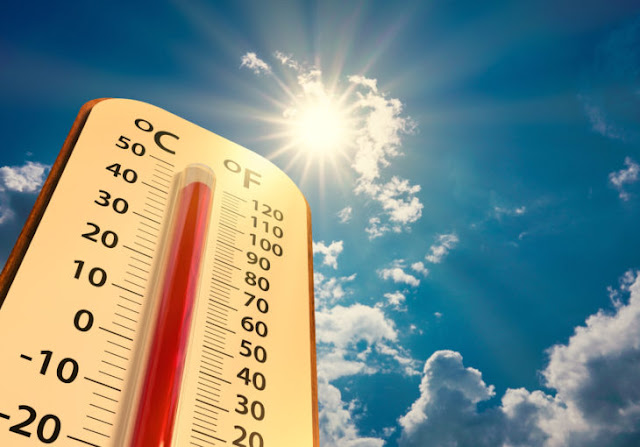The world's unprecedented extreme temperatures in the last three decades, combined with rising levels of social and economic vulnerability, put certain regions - such as Afghanistan, Papua New Guinea, Central America and the Middle East - at greater risk, researchers said.
In the study published on 26 April last in Nature Communications, a research team led by the University of Bristol highlighted areas most at risk of the devastating effects of high temperatures, which also included China and Central Europe on the list of hotspots.
According to the study, if unprecedented heatwaves occur in these densely populated areas, millions of people will be adversely affected.
Silent Killer
Study lead author Vicky Thompson, a researcher at the University of Bristol's School of Geosciences, said extreme heat waves were often referred to as a silent killer whose effect was not immediately clear as after storms or floods.
In a statement to Al Jazeera Net, Thompson adds, "Adaptation to extreme weather events often occurs in response to an event, where societies learn quickly after unexpectedly impacting events, and using maximum value statistics we review where regional temperature records are statistically likely to be exceeded, and therefore communities may be more vulnerable."
In 31% of areas examined in the study, the observed daily maximum temperature record was exceptional, with climate models indicating that in some regions -- such as Afghanistan and parts of Central America -- the severity of heatwave occurrence coincides with high population growth and limited health care and energy resources.
Researchers have used maximum value statistics - a method for estimating repeat periods of rare climate events - and large sets of data from climate models and observations to identify regions globally where recorded temperatures are likely to be exceeded as soon as possible, Societies are therefore at greater risk of exposure to extreme temperatures. In accordance with the press release published on the website "Viz Dot Org" (Phys.org).
Readiness saves lives
Thompson noted that as temperatures rise and become more dangerous, rapid adaptation will be key to reducing the effects of heatwaves on communities.
"There are many relatively simple measures that will help, and with approximately 70% of the world's population expected to live in cities by 2050, thinking about extreme temperatures within urban planning is essential."
Adding more green spaces in cities will help lower air temperatures and create shaded spaces. which reduces the need for mechanical cooling, and this will not only be helpful in heatwaves and will also make cities more beautiful places to live, as the benefits of adding green space are endless and has been shown to reduce air pollution, flood risks, improve mental health and create better social cohesion.
The authors emphasized that governments around the world need to prepare for heat waves to save thousands of lives threatened by the phenomenon, as human-induced climate change increases the frequency, intensity and duration of heat waves, which are likely to result in thousands of deaths globally.



Comments
Post a Comment